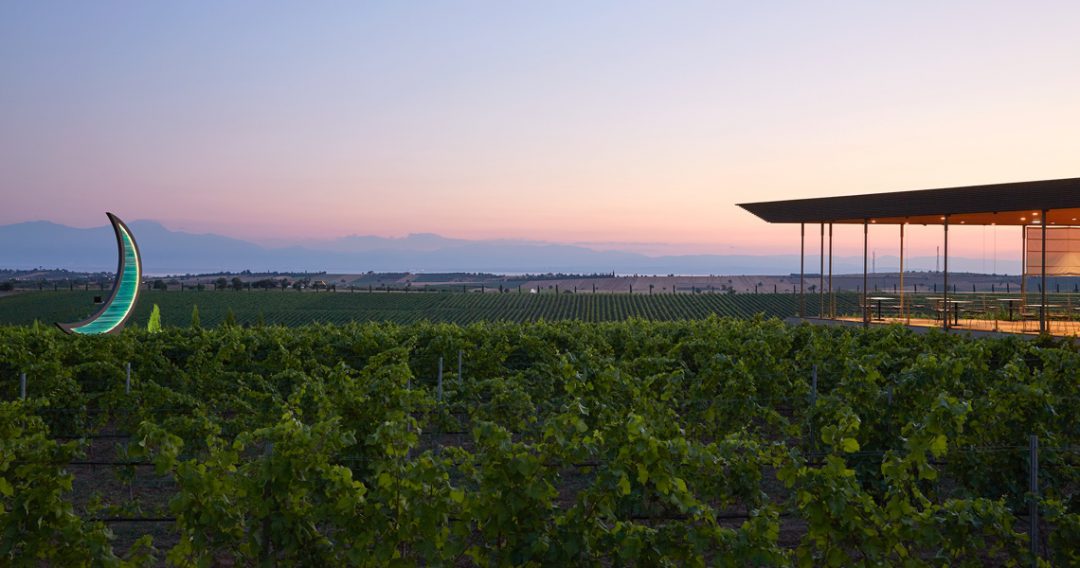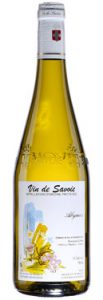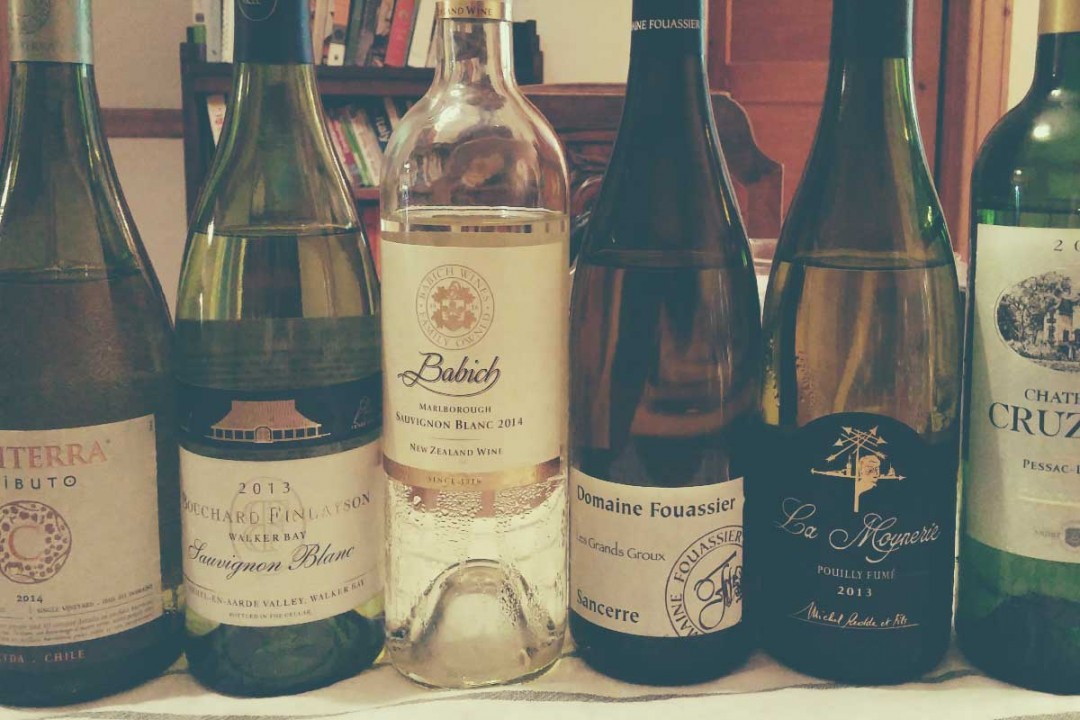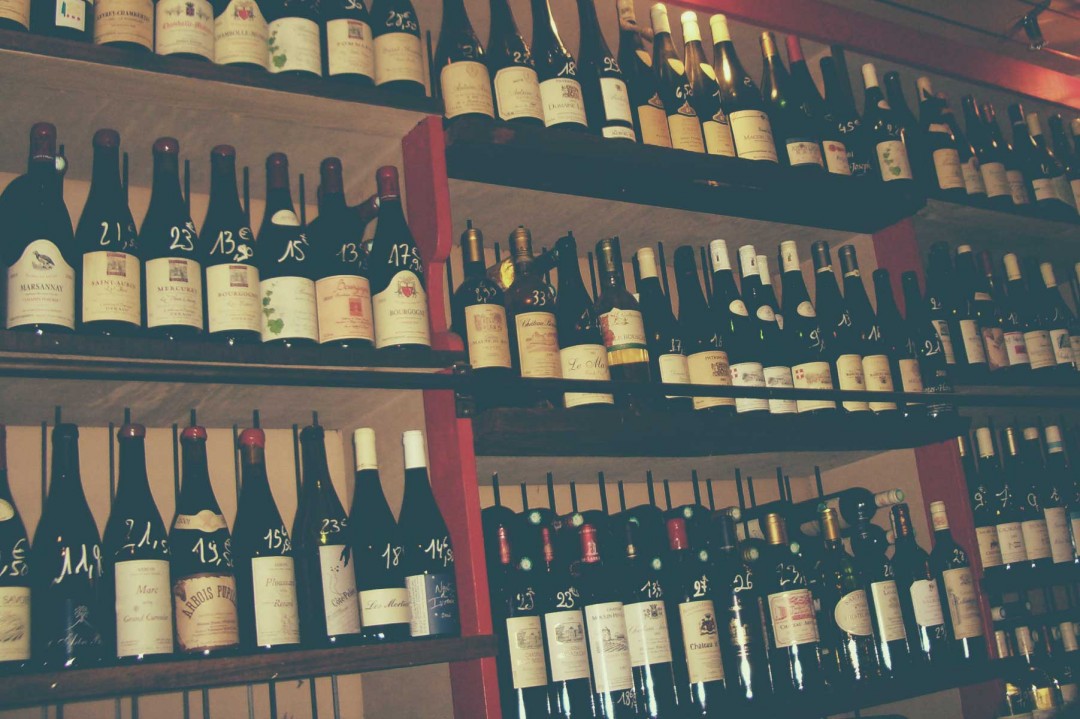Photo credit: www.gerovassiliou.gr
I am frequently impressed with the adventurous spirit of my fellow Québecois wine drinkers. All sorts of lesser known origins are popping up on store shelves these days, and seem to be selling nicely. Just look at the proliferation of Greek wines over the past few years. Their tongue twisting estate names, and obscure indigenous grape varieties, make it clear that wine lovers are branching out from the familiar terrain of Chardonnay, Pinot Grigio and Sauvignon Blanc.
With that in mind, and hopeful thoughts of summery weather on the horizon, I bring you a short list of interesting whites under 20$ from off-the-beaten path. These beauties stood out in recent tastings, either as great value for money or due to their excellent quality.
(What do VW, PW and LW mean? Click on my wine scoring system to find out)
Photo credit: www.saq.com, www.lcbo.com
Casa Ferreirinha Planalto Reserva 2015 (Douro, Portugal) – 88pts. VW
The Douro Valley is gaining increasing attention for their whites. From simple, quaffers, to powerful, age-worthy whites, there is something for every palate. The majority are made from a blend of indigenous grapes…more on this in my upcoming Portugal article.
This is a serious bargain at less than 12$. Bottled under screw cap, it is a great choice for a picnic in the park! Incredibly crisp and vibrant, this dry, unoaked white is pleasingly light in body and moderate in alcohol (12.5%). Ripe lemon and gooseberry notes feature on the nose.
Where to buy: SAQ (11.55$)
Velenosi Verdicchio dei Castelli di Jesi Classico 2016 (Marche, Italy) – 88pts. VW
The Verdicchio grape can produce bland, neutral wines if over-cropped. If well managed, however, it can be surprisingly fragrant and tangy, with a lovely bitterness that makes it very food friendly.
Attractive yellow fruits, lemon and gooseberry notes feature on the nose of this Velenosi 2016 . The palate is crisp, unoaked and light bodied, with a subtle textural effect that adds interest.
Where to buy: SAQ (14.70$)
Domaine Labbé Abymes 2015 (Savoie, France) – 89pts. VW
Jacquère is a crisp, lively white grape in keeping with its cool, alpine origins. It is generally unoaked, with fresh orchard fruit and herbacious aromatics.
Lively apple and pear compôte notes feature on the nose, underscored by floral and citrus hints. Very dry, clean, fruity and fresh on the palate, with a smooth, easy drinking appeal. At just 11% alcohol, this is a great lunch wine for a sunny Saturday.
Where to buy: SAQ (16.95$)
Edoardo Miroglio Viognier Traminer 2015 (Thracian Valley, Bulgaria) – 87pts. VW
The moderate, continental climate of the Thracian Valley in southern Bulgaria is better known for its hearty red wines than for fragrant whites. This unusual blend brings together two highly aromatic grapes: Viognier and Gewürztraminer.
Inviting notes of candied peach, white flowers and subtle spice feature on the nose of this pleasant, organic white. The palate offers rounded acidity, medium body and a faintly oily texture (typical of both grapes). Intense fruit flavours help to offset the slightly flabby, warming finish.
Where to buy: SAQ (17.40$)
Ktima Gerovassiliou 2016 (Epanomi, Greece) – 91pts. VW
This vibrant, dry white hails from North Eastern Greece; a blend of two indigenous grapes: Malagousia and Assyrtiko.
Intense aromas of ripe lemon, mango, guava and quince feature on the nose. Crisp acidity on the palate is ably balanced by a concentrated core of juicy tropical fruits and pear. Brief skin contact before fermentation brings a hint of tannin that boulsters the structure nicely, and frames the persistent, fruity finish. Delicious!
Where to buy: SAQ (18.65$), LCBO (18.95$)








